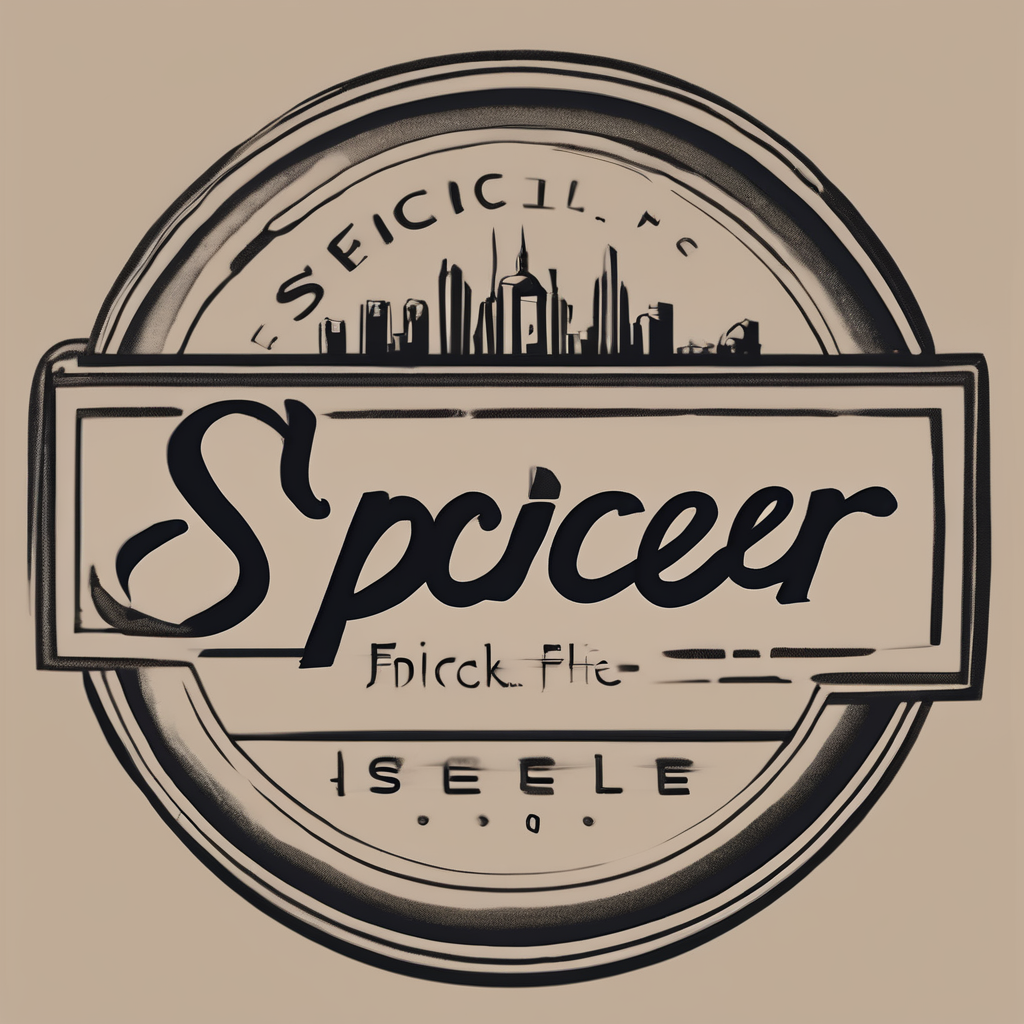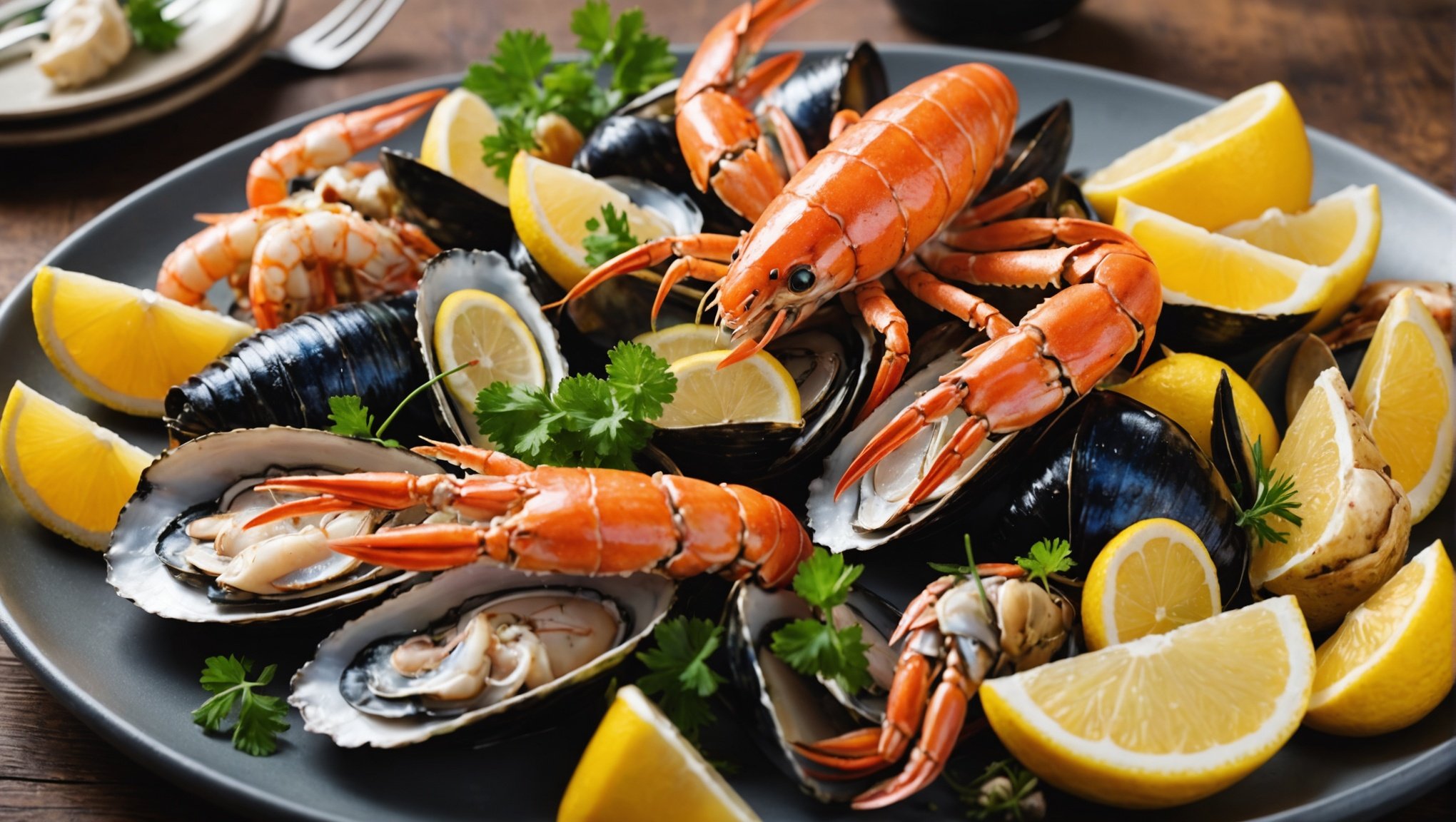Maintaining a menu that is not only delicious but also environmentally conscious can be quite a challenge. One critical area of focus is the seafood section of your menu. Whether wild-caught or farmed through aquaculture, seafood has always been a popular choice among restaurant-goers. However, as issues of sustainability and environmental impact gain mounting attention, restaurants must consider these factors when sourcing their seafood. This article explores the essential aspects to bear in mind when maintaining a sustainable seafood menu.
The Importance of Sustainable Seafood
More than ever, consumers are not only interested in how their food tastes, but also where it comes from and how it’s produced. This increased awareness and demand for sustainable food have driven the restaurant industry to adjust their sourcing practices. Sustainable seafood is no exception.
Also read : What are the advantages of using induction cooktops in professional kitchens?
When sourced and managed correctly, seafood provides an environmentally friendly protein source. Fish and shellfish have the potential to be more sustainable than terrestrial livestock, as they require less land and produce fewer greenhouse gases. However, unsustainable fishing and aquaculture practices can have devastating effects on marine ecosystems. That’s why it’s crucial for restaurants to understand and implement sustainable sourcing policies for their seafood.
Choosing Between Wild-Caught and Farmed Seafood
One of the first decisions you’ll face is whether to source wild-caught or farmed seafood. Both have their pros and cons concerning sustainability and the environment.
Also to read : How do noise levels affect customer satisfaction in restaurants?
Wild-caught fish come directly from their natural habitats, which means no resources are used to breed or raise them. However, overfishing can severely damage marine biodiversity and ecosystems. In contrast, aquaculture, or fish farming, can help reduce the pressure on wild fish populations. However, it can also lead to pollution and the spread of disease if not managed properly.
To ensure sustainability, look for wild-caared seafood certified by organizations like the Marine Stewardship Council. For farmed seafood, certifications from the Aquaculture Stewardship Council or Best Aquaculture Practices can provide assurance of responsible management.
Considering the Species of Seafood
The species of fish or shellfish you choose also play a significant role in sustainability. Some species are more resilient to fishing pressure than others, and the environmental impacts of fishing or farming can vary greatly between species.
Consider sourcing lower on the food chain, as these species often reproduce faster and are thus more sustainable. Examples include mussels, oysters, and certain types of fish like sardines and anchovies. Avoid species that are overfished or slow to reproduce, such as certain types of tuna and swordfish.
Understanding Fishing and Farming Practices
The way seafood is caught or farmed significantly impacts its sustainability. Overfishing, destructive fishing practices, and poorly managed aquaculture can all have devastating environmental consequences.
Look for seafood caught using sustainable methods like pole-and-line fishing or trolling. Avoid seafood caught using destructive methods like bottom trawling, which can damage seafloor habitats and result in high bycatch rates.
For farmed seafood, look for operations that minimize pollution, prevent escapes, and use sustainably sourced feed.
Verifying Sustainability Claims
Lastly, it’s vital to verify any sustainability claims made by your seafood suppliers. This can be done through third-party certifications and by asking the right questions.
Don’t hesitate to ask about the origin of the seafood, the fishing or farming methods used, and the management practices in place. If a supplier can’t provide this information, it’s a red flag that the seafood might not be as sustainable as claimed. Earning the trust of your customers is imperative, and honest, sustainable practices are a cornerstone in achieving it.
In conclusion, sourcing sustainable seafood for your restaurant involves much more than simply choosing the right species. It’s about understanding the impacts of fishing and aquaculture practices, verifying sustainability claims, and making informed decisions that prioritize the health of our planet’s marine ecosystems. As the industry changes to meet increasing demand for sustainable food, restaurants that lead the way in these practices will not only benefit the environment but also attract discerning customers who value sustainability.
The Role of Certifications in Sustainable Seafood Sourcing
Certifications play an essential role in helping restaurants source sustainable seafood. They provide an independent verification that the seafood products you’re purchasing have been caught or farmed in a manner that meets specific sustainability standards.
The Marine Stewardship Council (MSC) and the Aquaculture Stewardship Council (ASC) offer globally recognized certifications for wild-caught and farmed seafood, respectively. The MSC’s blue fish label guarantees that the seafood comes from a wild-catch fishery that has met their rigorous sustainability standards. Similarly, the ASC’s label assures that the seafood comes from a farm that meets their standards for responsible aquaculture.
In the United States, the NOAA Fisheries also provides guidance on sustainable seafood through its FishWatch program. The Monterey Bay Aquarium’s Seafood Watch program is another excellent resource that guides consumers and businesses towards more sustainable seafood choices.
Eco-labels and certifications can be a helpful tool for restaurants to verify sustainability claims and assure customers that they’re committed to environmental sustainability. However, it’s also crucial to remember that not all sustainable seafood will be certified, especially from smaller or artisanal fisheries that may not have the resources to undergo the certification process.
Incorporating Seafood Sustainability in the Supply Chain
Incorporating seafood sustainability in your restaurant’s supply chain requires a committed effort. It’s not just about purchasing the right products; it’s also about building relationships with suppliers who share the same commitment to sustainability.
When choosing suppliers, inquire about their sourcing practices. Do they prioritize sustainable seafood? Do they work with fisheries and farms certified by the MSC, ASC, or similar organizations? Do they have a traceability system in place to ensure the seafood’s origin?
Communication with your suppliers is key. Regular discussions about sustainability efforts can help align your goals and foster a partnership based on mutual sustainability values.
Additionally, consider joining or supporting initiatives that promote sustainable seafood in the restaurant industry. For instance, the James Beard Foundation’s Smart Catch program provides tools and support to help restaurants source sustainable seafood.
The seafood industry is a complex web of fishermen, farmers, processors, distributors, and retailers. By prioritizing sustainability at each step of the supply chain, restaurants can play a vital role in driving the industry towards more environmentally friendly practices.
Conclusion: The Future of Seafood in Sustainable Restaurants
Sustainable seafood is more than a trend; it’s a necessity for the health of our oceans and our future food supply. As more customers demand transparency and sustainability, restaurants have a unique opportunity to lead the way in promoting sustainable seafood.
From understanding the differences between wild-captured and farmed seafood to verifying sustainability claims with certifications, sourcing sustainable seafood is a multifaceted process. It’s about making informed decisions, fostering relationships with suppliers, and being transparent with customers about your sourcing practices.
By doing so, not only can restaurants contribute to environmental sustainability but also build trust with customers, differentiate themselves from competitors, and ultimately, ensure the longevity of their business.
As we look to the future, the call for sustainable seafood on restaurant menus will only grow louder. Embracing it today means a healthier ocean tomorrow. In the end, the efforts required in sourcing sustainable seafood are not just for the eco-friendly restaurant but for our shared environment and the future of the seafood industry.






